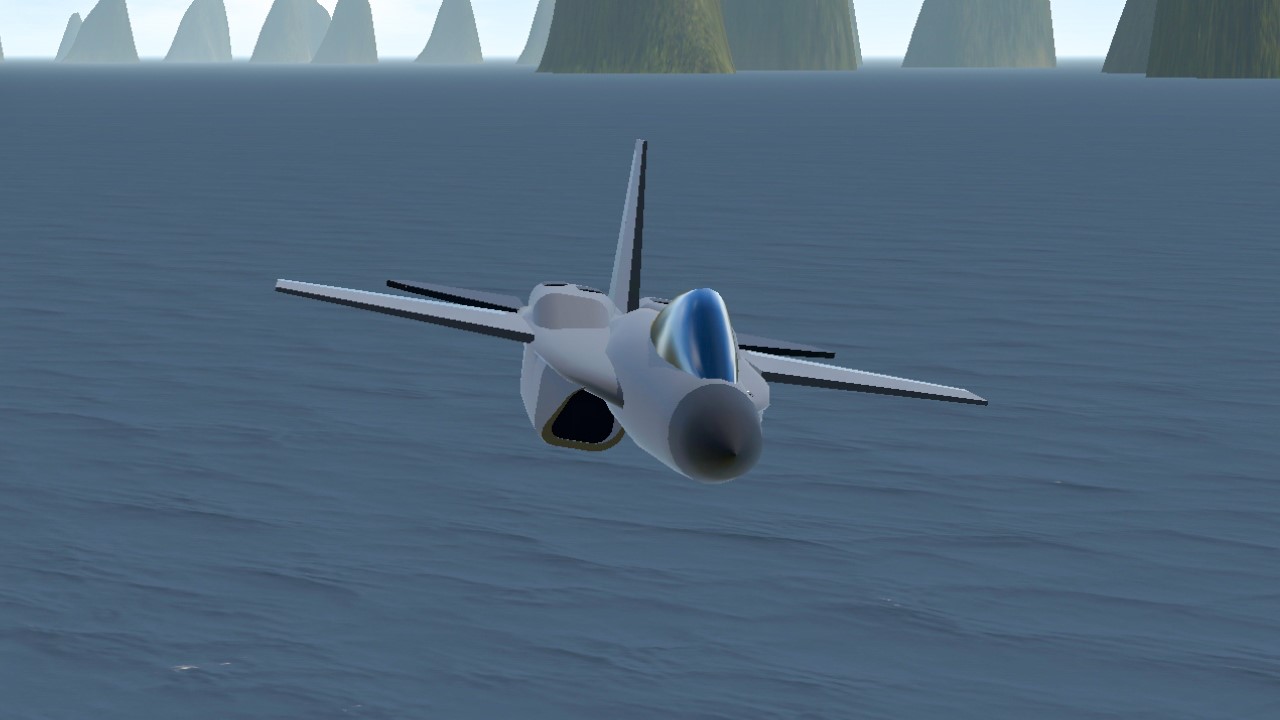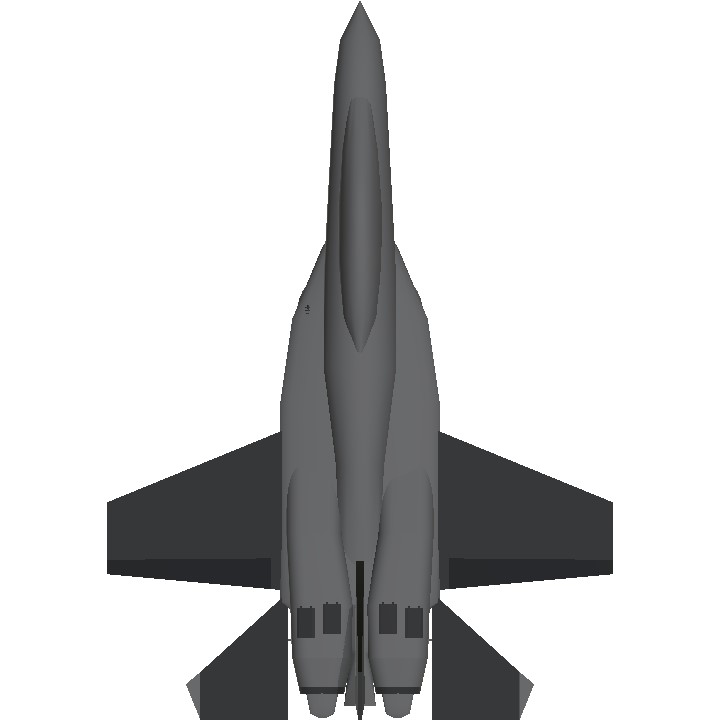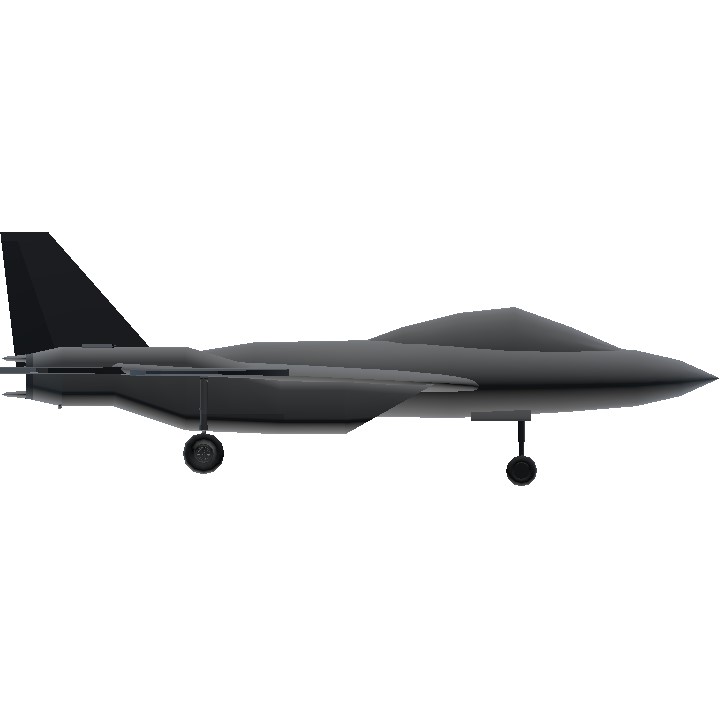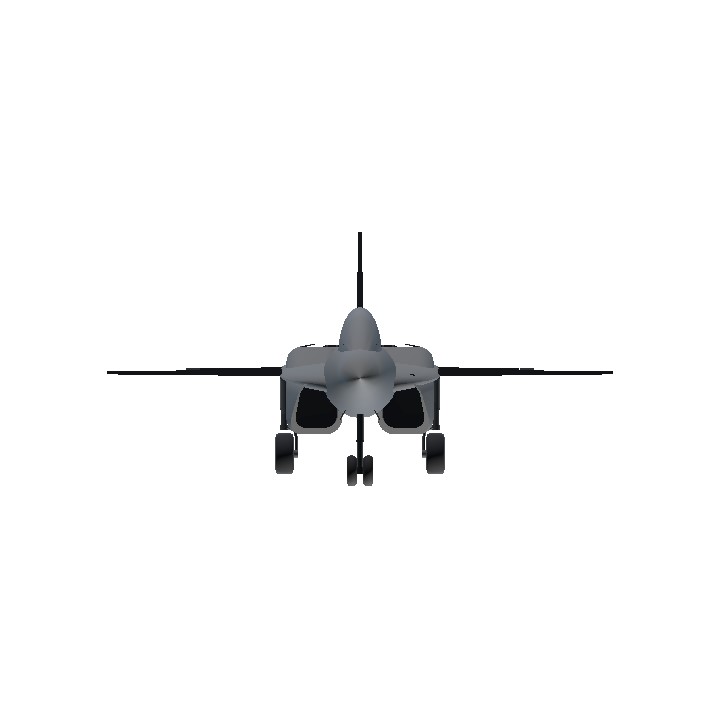The Forum Origins of the US Jet SF-14E Shooting Star-Patrol Variants: 67th Squadron
In the early days of the 21st century, the United States Air Force found itself at a crossroads. The global political landscape was shifting rapidly, with new threats emerging on the horizon. With the emergence of advanced drone technology and cyber warfare, traditional air combat tactics had begun to lose their effectiveness. The military recognized the need for a new paradigm in air superiority and situational awareness. In a bold move, the Air Force announced the inception of the SF-14E Shooting Star program.
The Birth of the SF-14E Shooting Star
In 2025, engineers at Lockheed Martin and Boeing came together under the leadership of Chief Engineer Dr. Lena Stroud. Their mission was clear: develop an aircraft that could perform in both air-to-air combat and ground support roles, blending the agility of a fighter jet with the endurance and versatility of a patrol aircraft. They drew inspiration from the classic F-14 Tomcat and the pioneering work of early jet fighters. After countless prototypes and simulations, the SF-14E Shooting Star was born.
This aircraft, with its sleek lines and advanced avionics, quickly gained traction among military enthusiasts and aviation forums. Videos showcasing its test flights showcased the jet's unprecedented maneuverability and responsiveness, sparking interest from aviation fans around the globe. The SF-14E soon became a symbol of the United States’ commitment to maintaining air supremacy and technological innovation.
The Formation of the 67th Squadron
As the SF-14E underwent rigorous testing and evaluation, the Air Force realized the potential for operational units to leverage the aircraft’s capabilities. Major Curtis “Falcon” Robinson, a decorated pilot with a storied history in aerial combat, was tasked with establishing the 67th Squadron. This elite squadron would be the first to operationally deploy the SF-14E Shooting Star-Patrol variants.
The 67th was meant to embody the spirit of daring and innovation that drove the development of the Shooting Star. Major Robinson handpicked an ensemble of pilots and technicians, selecting individuals not just for their skills but for their passion for aviation and commitment to excellence. Together, they formed a dedicated unit that would push the limits of what the new jet could achieve.
The Forum Emergence
As excitement grew around the SF-14E and the formation of the 67th Squadron, a group of aviation enthusiasts and military tech aficionados convened on an online forum called “Aviator's Haven.” This platform became the breeding ground for discussions surrounding the Shooting Star and the future of air combat. The forum consisted of engineers, former pilots, and military historians who shared a common fascination with military aviation.
The forum quickly gained traction, attracting users from every corner of the globe. Discussions included everything from detailed specifications of the SF-14E and its avionics systems to theories on potential combat scenarios. Acclaimed experts weighed in, and the passion of its members gradually transformed “Aviator’s Haven” into a living archive of knowledge concerning modern aerial warfare.
The 67th Squadron: Heroes and Legends
As the 67th Squadron began its training with the SF-14E Shooting Star-Patrol variants, they quickly gained a reputation for excellence. Conducting joint exercises with NATO allies and specializing in search and rescue missions, their polished performance impressed military watchers. Stories of their daring operations spread rapidly across forums and chat rooms, including tales of heroic rescues from war-torn regions and successful interception of drone swarms.
This newfound acclaim also drew the scrutiny of defense analysts and military strategists. The 67th Squadron's achievements inspired new tactics across the military, highlighting the versatility of the SF-14E. Many users on “Aviator's Haven” began creating speculative scenarios on how future conflicts might unfold and how the essence of air combat had irreversibly changed.
The Legacy of the SF-14E and the Forum Community
As conflicts continued to evolve and technology advanced further, the legacy of the SF-14E Shooting Star-Patrol variants and the 67th Squadron became ingrained in the history of aerial warfare. The members of “Aviator’s Haven” celebrated their triumphs while also engaging in thoughtful discourse about the impact of drone warfare and the future of manned flight.
Over the years, the forum transformed into a platform where fans, alumni of the 67th Squadron, and military commentators collaboratively shaped narratives about air power, sharing their insights and predictions about the future of flight. They paid tribute to the pilots of the 67th and gathered to commemorate their accomplishments, while forging connections that transcended national borders.
Epilogue: A Community and Legacy
As of 2035, the “Aviator’s Haven” forum stands as a vibrant community of aviation enthusiasts, military historians, and technologists. Even as the legacy of the SF-14E Shooting Star-Patrol variants becomes a sleepy chapter in history, the discussions and stories shared within the forum remain alive, promoting a spirit of inquiry and appreciation for those who dared to push the envelope of aerial combat.
What began as a military necessity grew into an enduring legacy, uniting people through their fascination with flight and the stories of those who have soared the skies. The 67th Squadron's adventures continue to inspire the next generation of aviators and the curious minds on forums across the globe.
Specifications
General Characteristics
- Created On Android
- Wingspan 51.8ft (15.8m)
- Length 74.0ft (22.6m)
- Height 26.1ft (7.9m)
- Empty Weight N/A
- Loaded Weight 33,819lbs (15,340kg)
Performance
- Power/Weight Ratio 1.435
- Wing Loading 46.0lbs/ft2 (224.7kg/m2)
- Wing Area 735.0ft2 (68.3m2)
- Drag Points 3342
Parts
- Number of Parts 66
- Control Surfaces 3
- Performance Cost 532




